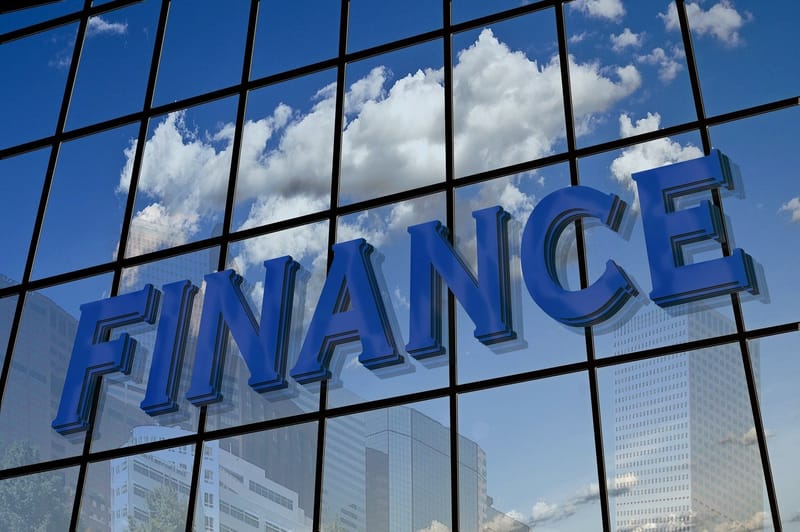SOLUTIONS

Sero Technology Solutions
Sero technology takes the complexity, effort and risk out of completing and reporting a transaction.
The following two examples of digital transactions – superannuation and trustee governance illustrate how Sero reduces the complexity and time it takes for a transaction to be reported in today’s market.
The following examples are based on working technology that operate in the market today. Sero does not have any relationship with these providers.
Sero Superannuation
In today’s market, funds and product are settled separately. It can take 3 to 30 days for a fund confirmation to be confirmed to the employee.
Sero superannuation confirms settled transaction to custodian, registrar, bank, employer, employee, advisor, regulator, Inland Revenue, Wrap and all other transaction related organisations. Real bank accounts are used with total end to end transaction transparency. The transaction is actioned pre trade and take seconds not days.
What does a Sero Superannuation transaction look like?

How does a Sero Superannuation transaction work?
Sero uses the same software already operating in the listed market today. | |
| The software allows the organisation to set up Sero enabled securities to be managed in the same way they currently manage listed products | |
A Sero transaction is executed in the same way an organisation would manage a listed buy or sell transaction, using the same software that exists today. All settlement confirmations are sent to transaction related parties as noted within the Sero product registration. | |
| Sero doesn’t touch the money or product. Money is cleared using the banks clearing system. Products are managed by the same providers as listed; custodian and registrar who match the transaction with the approved bank. | |
| Sero creates the transaction only. The only access into the Sero ecosystem is via a Sero approved bank. | |
Sero offers many benefits to banks, custodians, registrars, trustees, and fund managers to manage assets for investors, employee superannuation and pension schemes. For more information, please contact market providers of software solutions that operate in the listed market today. | |
Trustee Governance
The trustee has many functions in today’s market. In the following example, the trustee is ensuring the fund manager’s investment management team do not step outside their funds portfolio mandate when purchasing shares for the fund.
It requires the fund manager to run transaction details to the trustee and custodian (and any other agreed party). Those organisations will build the portfolio and will balance the portfolio with both the custodian and fund manager on a regular basis.
When the portfolio becomes overweight in a certain stock or sector, the trustee will force the fund manager to rebalance the portfolio and divest certain holdings. The fund manager will then advise the trustee and custodian that the trade has been actioned. All of these processes are post trade and can take some time to correct.
Under a Sero model, the fund manager, trustee and custodian would all be transaction related parties and would receive settlement (funds and product) all at the same time. Portfolios would be automatically updated and hold at the exactly the same information. The transaction is actioned pre trade and take seconds not days to process.
The Sero trustee governance process

How does the Sero trustee governance process work?
How does Sero create central compliance pre-transaction?
 The Trusted Transaction
The Trusted Transaction